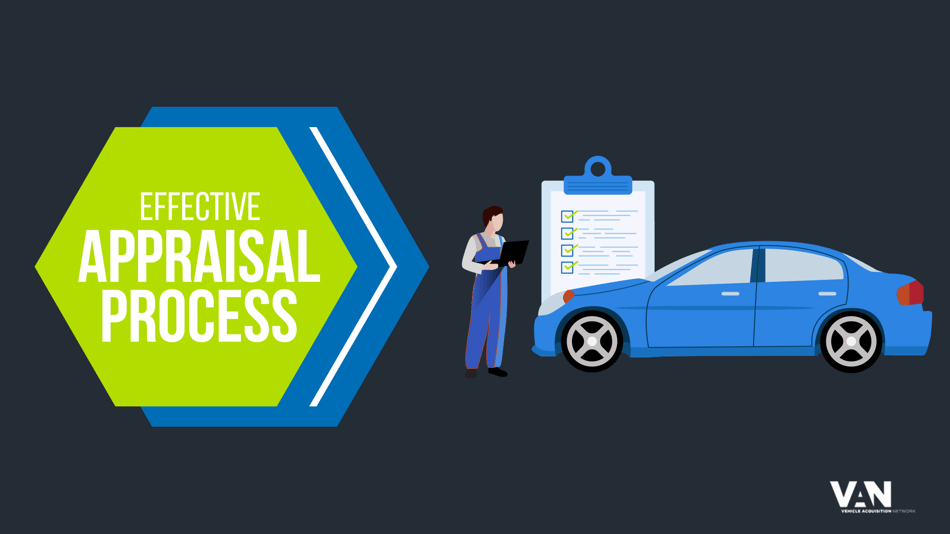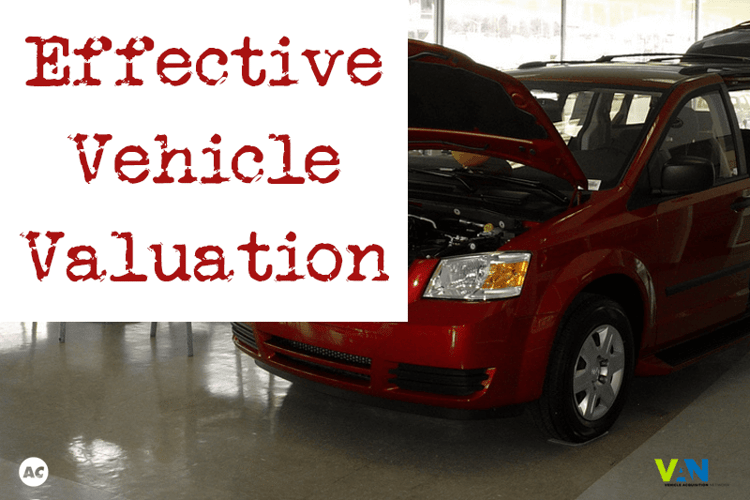Importance of an Accurate and Effective Appraisal Process

With Pre-Owned departments largely determining the net profitability of a dealership in today’s challenging automotive market, an accurate and effective appraisal process has never been more important. Acquiring vehicles from private sellers is even more challenging than appraising a trade-in as there is no new sale to offset pricing, and auction bidding is contingent on what other bidders are willing to pay for a vehicle.
Although acquiring vehicles from private sellers is basically the same as a trade in appraisal, we have multiple factors that are unique and must be taken into account to develop an effective private party appraisal process.
- Consumers have more access to automotive data than ever before
- The likelihood our appraisal is lower than the data used to determine their price
- Private sellers often don’t take reconditioning into account when calculating price
Consumer Pricing Information
When preparing to sell a vehicle, consumers can and do use publicly available websites and pricing to determine the value of their vehicle. This means that there is considerably more transparency in pricing a pre-owned vehicle than at any other point in the history of automotive.
If we present a price that is too far out of line with what the consumer has researched, then we will more than likely, lose the acquisition. If we put too much into the vehicle, our profitability will suffer. It’s this balance that we need to focus on to create profitable acquisitions while not losing or even worse, creating a negative experience and consequentially, a negative review.
Striking the balance between a competitive offer to consumers and a valuable acquisition is based on utilizing an effective valuation tool that calculates the cost to market of the vehicle. Transparency is the ability to show a seller what vehicles like theirs are transacting for in the market. Attempting to “lowball” or “steal” an acquisition will more times than not, lead to a negative guest experience and a potentially bad review on social media outlets.
In a recent article by Ed French, President of AutoProfit, Ed explains that examining your appraisal tool for the ratio between appraisals and acquisitions can provide valuable insights into how effective your appraisal process is operating. If your appraisal to acquisition ratio is low, it’s an indication that the process needs to be examined more closely.
Private Party Expectations
Even when following a fair and equitable appraisal process, private sellers are often basing their pricing assumptions on a retail value based on the retail sale of the vehicle. This pricing will often be several hundred to thousands of dollars different than the wholesale value of the vehicle.
This is where acquisition representatives have to shine by informing the seller of the value proposition of selling their vehicle to a dealership rather than on their own. The value proposition that is communicated should include three principles of selling to a dealership.
FAST - We save your time, effort and aggravation of attempting to sell a vehicle on their own, saving weeks or months meeting people, haggling over price and continually keeping the vehicle in sale condition by cleaning and maintaining the vehicle.
SAFE – We keep you safe by enabling you to avoid having strangers come to your home or meeting them in other locations, transferring cash and negotiating terms.
EASY – We release you from liability, conduct payoffs with your financial provider and manage the title and registration process rather than relying on strangers for this service.
Factoring Vehicle Reconditioning
When private sellers are determining the value of their vehicles, they rarely take into account the cost of reconditioning the vehicle for the next owner. This is a common oversight that can translate into a substantial sum. When we move past the price of the vehicle and begin to look at the costs of specific reconditioning items, we are able to better communicate and substantiate our appraisal offer.
In a recent webinar about time-to-line, Mike Anderson, Partner at the Rikess Group, shared with us the importance of having clear reconditioning costs that can be reviewed with the consumer to educate them about the cost of replacing or repairing items on their vehicle to make it safe for the next owner.
One of the best practices Mike Anderson shared with us was the use of a reconditioning menu that can be shared with the consumer containing pricing for the repair and replacement of the most common components that need attention on a pre-owned vehicle.
Following the guidelines in a reconditioning menu changes the conversation with the consumer from a discussion about the value of the vehicle to a conversation about the costs associated with bringing the vehicle back to a safe and road ready vehicle.
Substantiating Your Valuation
Using these best practices from leaders in the pre-owned space while maintaining the guest experience can increase your total acquisitions exponentially. Each of the factors we examined build confidence and transparency in the appraisal process making it more understandable for consumers and create a frictionless and effective appraisal process for your acquisition team or buy center.


![3 New Tips for Handling Price Objections with Private Sellers [VIDEO]](https://blog.buywithvan.com/hs-fs/hubfs/Imported_Blog_Media/VAN-Handling-Price-Objections-private-sellers.jpg?height=500&name=VAN-Handling-Price-Objections-private-sellers.jpg)

